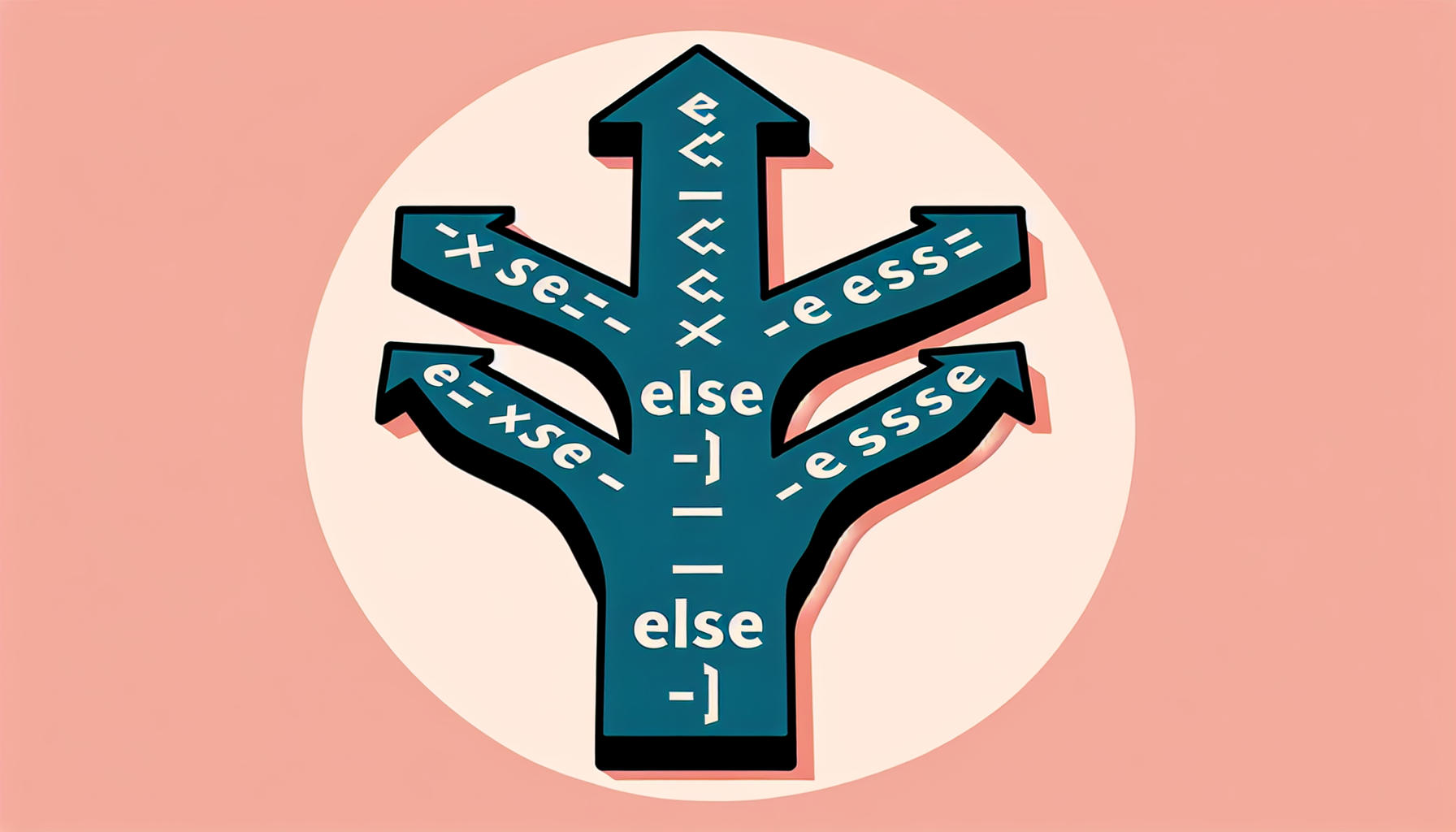“`html
Understanding the ‘Else’ Statement in Excel VBA
In the world of Excel VBA (Visual Basic for Applications), understanding control flow is crucial for writing efficient and effective code. One of the fundamental elements of control flow in VBA is the ‘Else’ statement. This post will guide you through the basic concept, usage, and examples of the ‘Else’ statement in Excel VBA.
What is the ‘Else’ Statement?
The ‘Else’ statement in VBA is used as part of an ‘If…Then…Else’ control structure. It allows you to specify a block of code that will be executed if the condition in the ‘If’ statement evaluates to false. Essentially, it provides an alternative set of instructions when the initial condition is not met.
Basic Syntax
The basic syntax of an ‘If…Then…Else’ statement in VBA is as follows:
If condition Then
' Code to execute if condition is True
Else
' Code to execute if condition is False
End If
Here, condition is a logical expression that evaluates to either True or False. Depending on the result, the corresponding block of code is executed.
Using ‘Else’ in Excel VBA
The ‘Else’ statement is particularly useful when you want to perform different actions based on whether a specific condition is met or not. Here’s a step-by-step guide on how to use it:
- Start by writing an ‘If’ statement to check your condition.
- After the ‘Then’ keyword, write the code you want to execute if the condition is
True. - Use the ‘Else’ keyword to indicate the alternative block of code.
- Write the code to execute if the condition is
Falseafter the ‘Else’ keyword. - End the structure with the ‘End If’ statement.
Practical Example
Let’s look at a practical example of using the ‘Else’ statement in VBA. Suppose you want to check if a cell in Excel has a value greater than 50. If it does, you want to display a message saying “Value is greater than 50”. If not, you want to display “Value is 50 or less”.
Sub CheckCellValue()
Dim cellValue As Integer
cellValue = Range("A1").Value
If cellValue > 50 Then
MsgBox "Value is greater than 50"
Else
MsgBox "Value is 50 or less"
End If
End Sub
In this example, the macro checks the value in cell A1. If the value is greater than 50, a message box displays “Value is greater than 50”. Otherwise, the message box displays “Value is 50 or less”.
Conclusion
The ‘Else’ statement in Excel VBA is a powerful tool for controlling the flow of your code based on specific conditions. By mastering its use, you can create more dynamic and responsive VBA applications. Remember to always pair your ‘If’ statements with appropriate ‘Else’ or ‘ElseIf’ clauses to handle every possible scenario efficiently.
Happy coding!
“`

